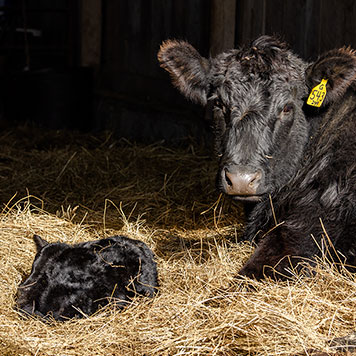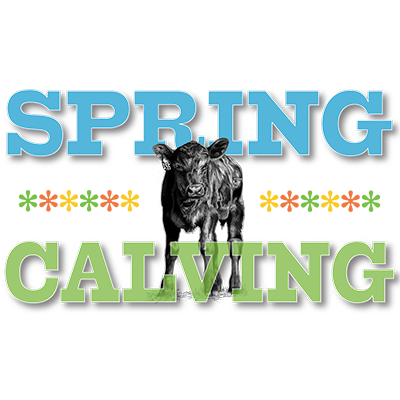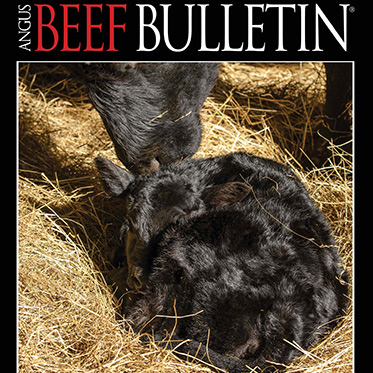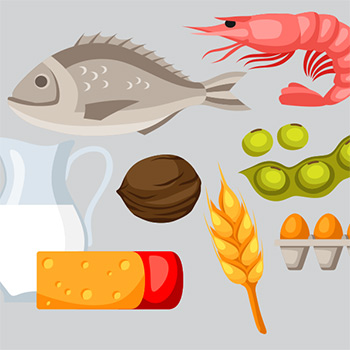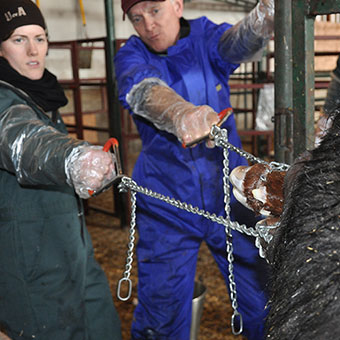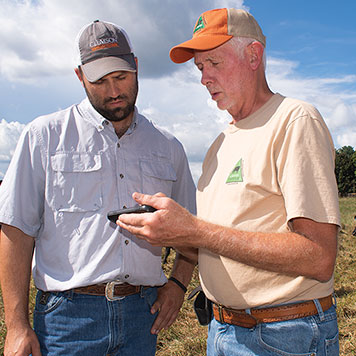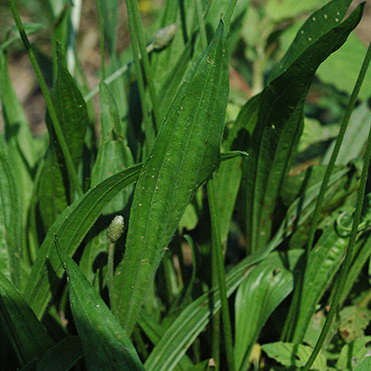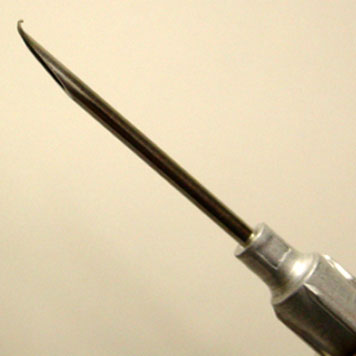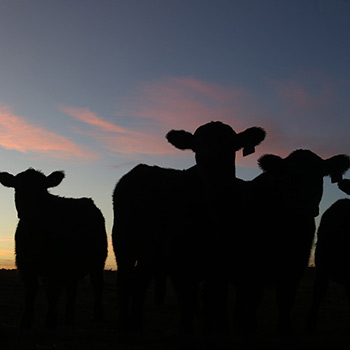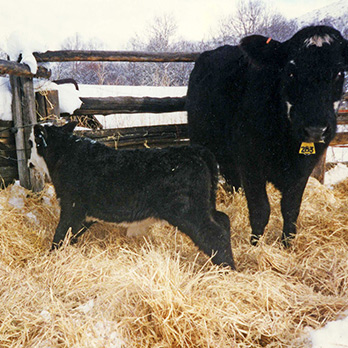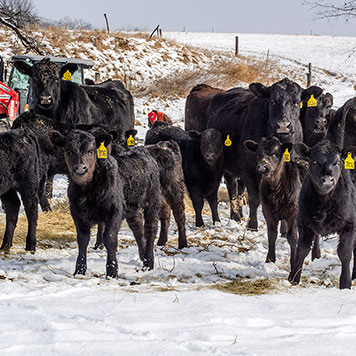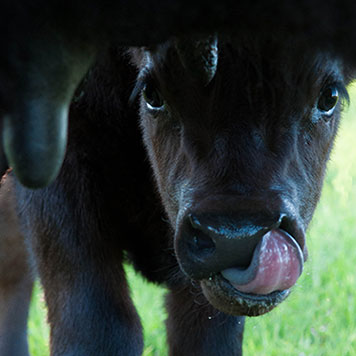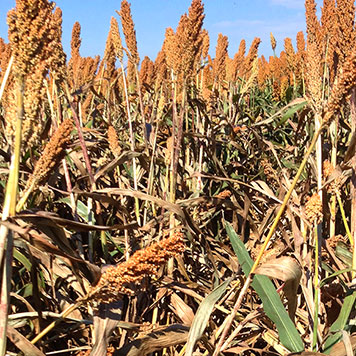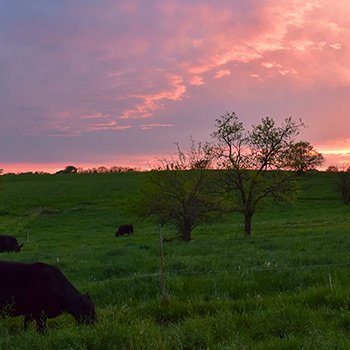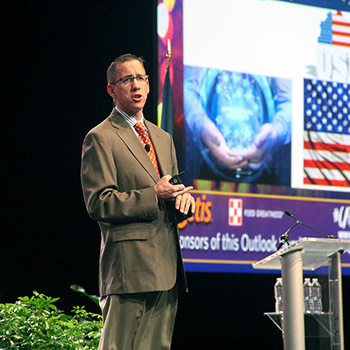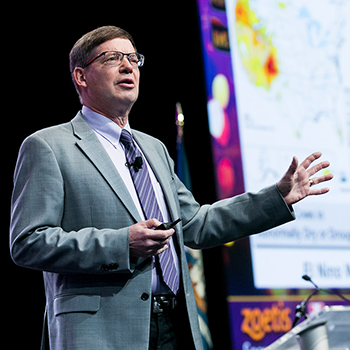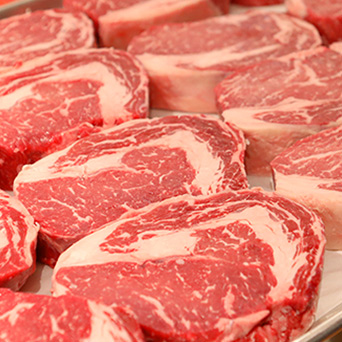In The Cattle Markets
Feeder-cattle prices discounted to fed.
Fed cattle and boxed-beef cutout values entered 2019 and have stayed at levels similar to or better than last year. Fed-cattle prices are about $124 vs. last year being close to $126 at this time, meaning this year’s prices are about 2% weaker. The cutout value is currently close to $217 vs. $209 last year, so the cutout value is 4% stronger. Federally inspected slaughter is up better than 5% compared to last year, when slaughter weights appear to have been off almost a percentage point.
The wet winter weather in the cattle-feeding region from the upper Midwest all the way south through the Southern Plains will hold weights down and will likely create some variability in finishing times. Regardless, beef and slaughter prices are holding strong through this first two-month window into the year.
Feeder cattle and the both live and feeder futures offer some warnings as to likely spring and summer events. Five-weight [500- to 600-pound (lb.)] steers are trading $160-$170 per hundredweight (cwt.) in the Southern Plains — and the strength has been only during this last week. This is $5-15 per cwt. lower than last year.
Seven-weight (700- to 800-lb.) animals are trading around the $140-per-cwt. price level. This is about $10 per cwt. lower than last year. The two nearby futures contracts show the strongest market prices for the year. February and April are both better than $127 per cwt. The deferred contracts show a substantial discount. June is trading for a full $10 per cwt. less, and August is another $3.50 per cwt. lower; thus, the weak cash feeder-cattle prices.
The current feeder-cattle cash and futures prices and the deferred live-cattle futures prices suggest strong concerns about the coming summer. The lack of a USDA National Agricultural Statistics Services (NASS) Cattle on Feed report for January is a problem, but the situation is reasonably similar to last year.
We are starting the year expecting big supplies of beef through the summer, and it will take surprise good news to spark optimism. The solid domestic demand and demand due to international trade in protein is, for me, much less of a given this year. I also have concerns about expanding show lists and slaughter weights with potential delayed marketings and longer feeding periods through this winter.
Editor’s Note: Stephen Koontz is a professor in the Department of Agricultural and Resource Economics at Colorado State University.
